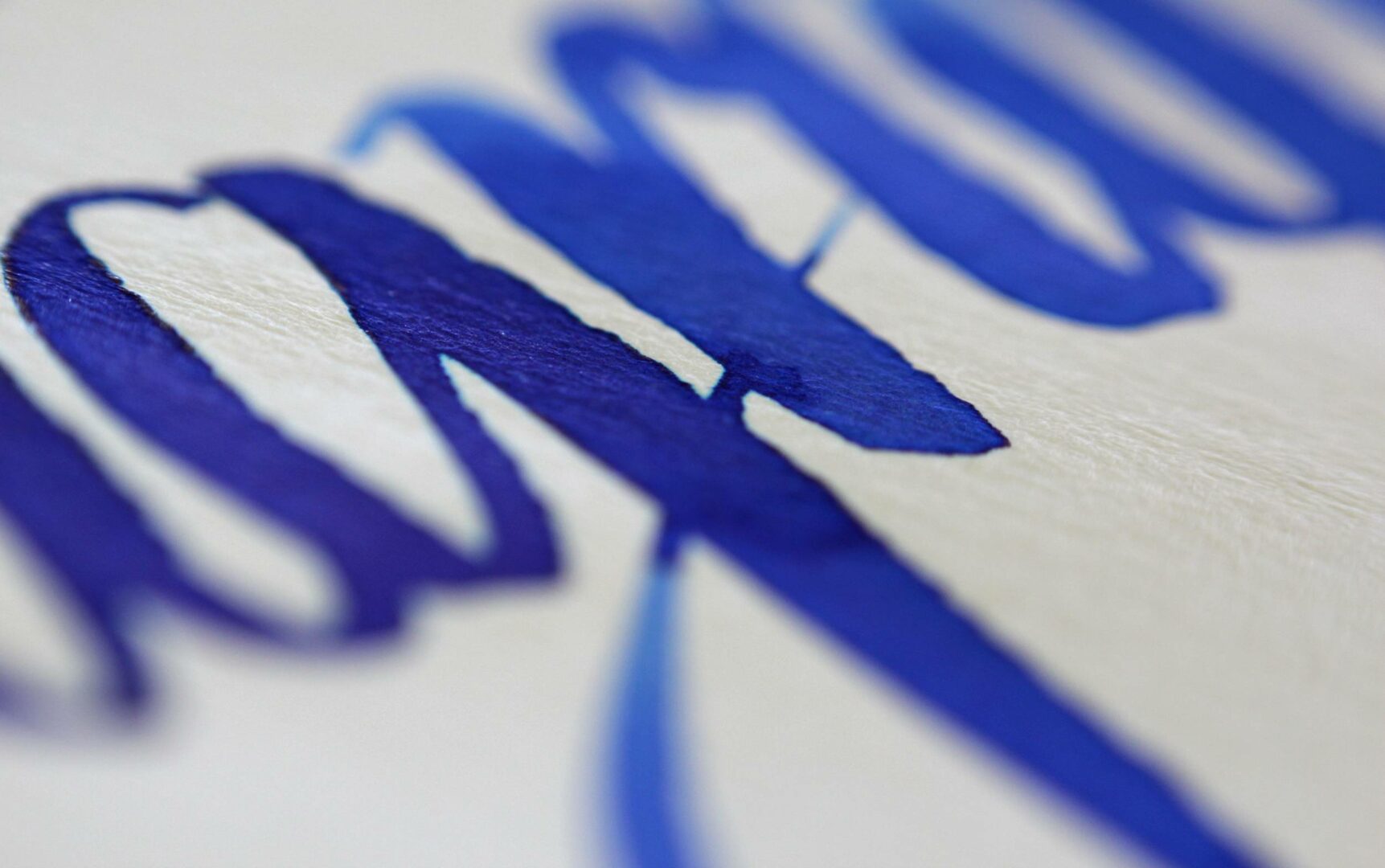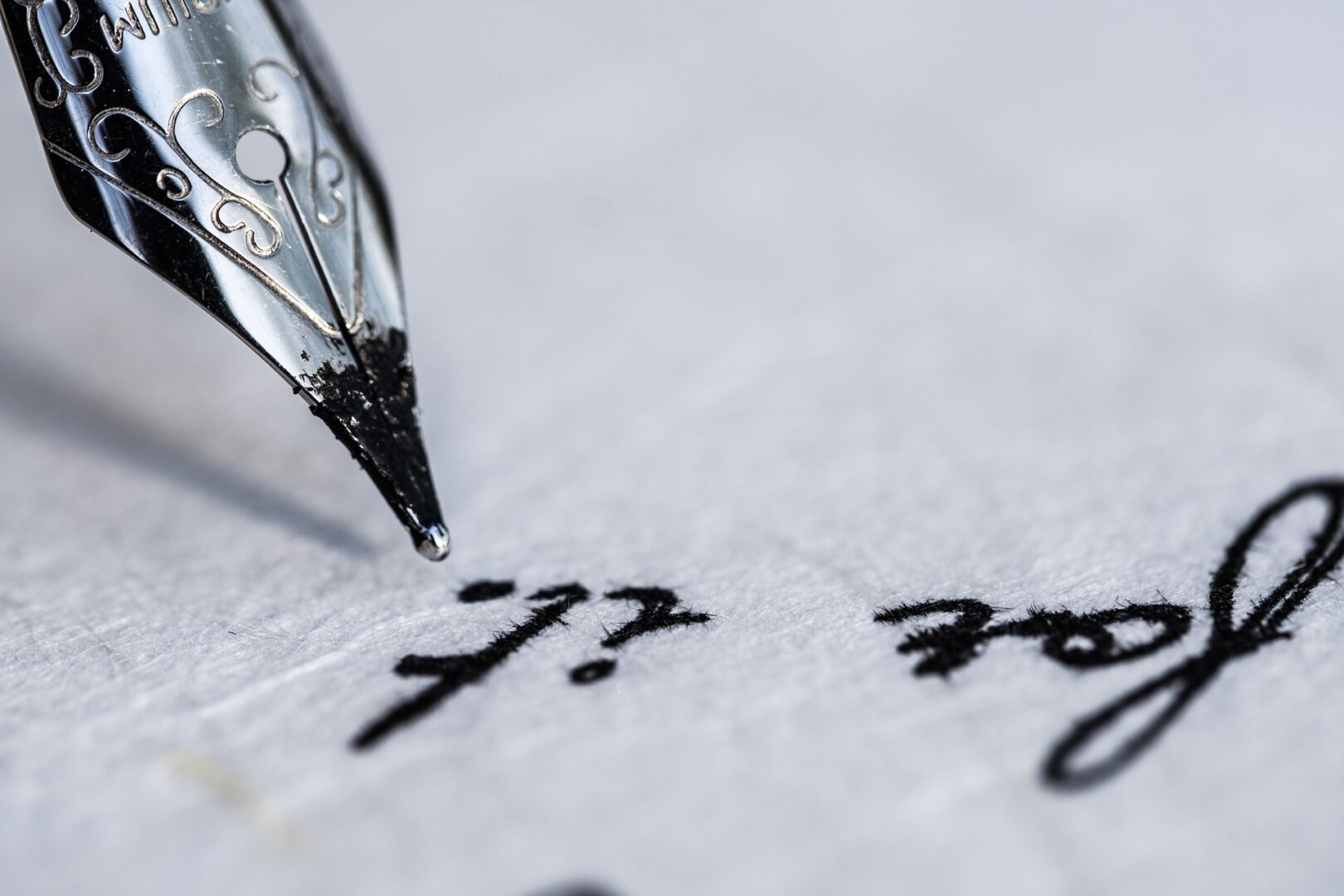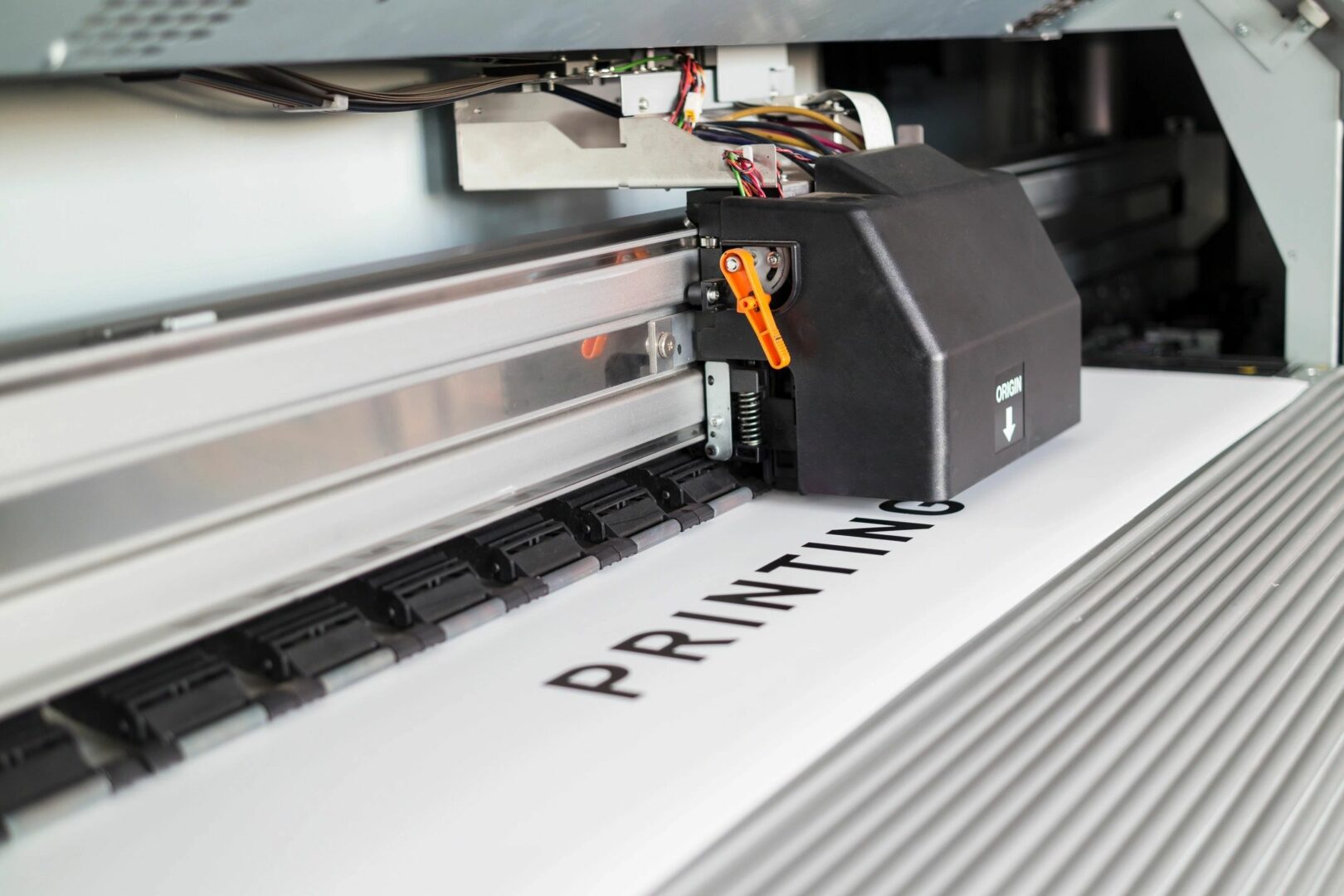Signatures
Signatures are the most commonly written tasks and frequently reflect automatic, habitual writing skill. Signatures require special analysis since they are more automatic than any other handwriting task. Typically, several signature exemplars are collected to compare with questionable material. Questioned signatures appear on contested wills, contracts, checks, artwork, manuscripts, and many other documents. Visual and microscopical analysis is performed on signatures. There are different ways to simulate or imitate signatures including imitation/drawing from memory or by imitating another model, tracing, scanning, or cutting and pasting onto another document.

Electronic and biometric signatures can also be examined sometimes through examination of the recorded biometric digital file. In most signature examination cases, several comparison standards from around the same time period as the questioned signature need to be collected.
Handwriting
Handwriting questions can involve anonymous notes, threatening letters, handprinting, envelope addresses, graffiti, numerals, punctuation, secret codes, and symbols. All of these types of documents involve handwriting. Both handwriting and handprinting can be analyzed as well as the handwriting of different languages. Typically, cursive handwriting samples need to be compared to other cursive handwriting samples just as handprinted samples are compared to other handprinted samples.


Ink
Ink examinations can include ink comparisons on entries, alterations or obliterations using ink to obstruct or change another letter or entry. Medical records are sometimes altered by the addition of data between lines or on new pages. Microscopic examination of line crossings to determine line sequence is sometimes used to determine which entry was written first. Infrared can also be utilized to examine alterations or differences between ink samples. Chemical analysis of ink using a process called thin-layer chromatography is sometimes utilized to differentiate between ink samples.
Paper
Probate documents such as wills are frequently presented as questioned documents. These types of documents may be subject to forgery or simulated signatures and/or initials, page substitutions, and alterations. Page substitutions can sometimes be detected by examining elements such as print process, paper, and watermarks. Examination of paper can include visual processes such as ultraviolet light or measuring the thickness of the paper using a micrometer. Chemical testing can also be performed on paper to differentiate between paper samples.

To examine indentations on paper, an electrostatic detection device (EDD) is used to help develop indentations. EDD devices can be highly sensitive instruments that can detect indentations written through several pages of paper.

Print Process
Print process examinations include identification of processes such as ink jet technology, laser, photocopying, digital outputs, offset jet, engraving, typewriting, and other print technologies. These types of examinations typically involve microscopy. Print process examination is used in cases involving page substitution, manufactured documents, forged official documents, art and manuscript authentication, and counterfeiting.
Alterations
It is also important for the document examiner to examine original documents as photocopies do not reproduce all elements of handwriting and are subject to alteration. It is not uncommon for originals to disappear in some cases, but sometimes photocopies may leave evidence of alteration. Alterations can be examined through a variety of processes including infrared, ultraviolet light, microscopy, transmitted light, oblique light, electrostatic detection apparatus, and more.


Reporting Results
At the conclusion of the examination, results are verbally provided to the client prior to preparation of a written report. Written reports and demonstrative exhibits must be requested by the client.
Levels Of Opinion
Levels of opinion are based on the Scientific Working Group for Forensic Document Examination (SWGDOC) Standard Terminology for Expressing Conclusions of Forensic Document Examiners. SWGDOC provides the following nine-level scale for expressing conclusions:
